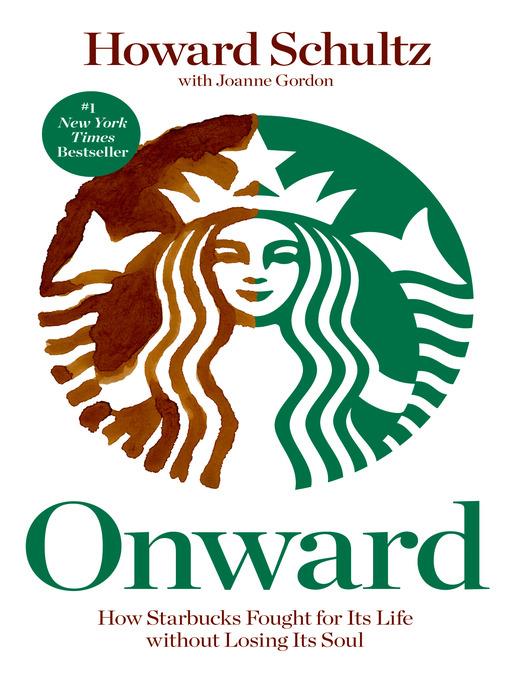
Onward
How Starbucks Fought for Its Life without Losing Its Soul
کتاب های مرتبط
- اطلاعات
- نقد و بررسی
- دیدگاه کاربران
نقد و بررسی

Starred review from February 7, 2011
In 2000, Starbuck's founder and CEO Schultz (Pour Your Heart into It) stepped down from daily oversight of the company and assumed the role of chairman. Eight years later, in the midst of the recession and a period of decline unprecedented in the company's recent history, Schultz—feeling that the soul of his brand was at risk—returned to the CEO post. In this personal, suspenseful, and surprisingly open account, Schultz traces his own journey to help Starbucks reclaim its original customer-centric values and mission while aggressively innovating and embracing the changing landscape of technology. From the famous leaked memo that exposed his criticisms of Starbucks to new product strategies and rollouts, Schultz bares all about the painful yet often exhilarating steps he had to take to turn the company around. Peppered with stories from his childhood in tough Canarsie, N.Y., neighborhoods, his sequel to the founding of Starbucks is grittier, more gripping, and dramatic, and his voice is winning and authentic. This is a must-read for anyone interested in leadership, management, or the quest to connect a brand with the consumer.

January 1, 2011
With the assistance of former Forbes journalist Gordon (Closing the Engagement Gap, 2008, etc.), the CEO of Starbucks explains how he collaborated with a cast of thousands to rejuvenate a declining business.
In 2000, Schultz (Pour Your Heart Into It: How Starbucks Built a Company One Cup at a Time, 1999) surrendered the CEO position but remained as chairman, focusing on spreading the coffee products to other nations, especially China. He was comfortable with his immediate successor, chosen from inside Starbucks, but the next CEO arrived from outside. Though Schultz liked him and respected his work ethic, the quality of the product and the service began to drop and the company's financial growth stagnated. Alarmed, Schultz decided to return for a second act as CEO. In his first book, the author described the early years of the company, with a heavy emphasis on ideals. Here, he looks back occasionally at those earlier years, but mostly provides a chronological account of what happened from 2007 to 2010. The detail is immense, and the cast of characters can feel overwhelming. Overall, though, the chronological account contains enough revelations and suspense to keep readers engaged. Schultz does not dodge outside criticisms of his performance, nor does he eschew self-criticism. For many of its employees and customers, Starbucks is a sacred place that fills needs of connectedness and companionship. Schultz reprints correspondence from both employees and customers that demonstrate the special place that local Starbucks stores hold in the hearts and minds of so many. The author pledges to donate the book's proceeds to support neighborhoods where stores are located and to provide financial relief to employees facing emergencies.
An engaging account by a wealthy executive who sounds sincere and seems approachable.
(COPYRIGHT (2011) KIRKUS REVIEWS/NIELSEN BUSINESS MEDIA, INC. ALL RIGHTS RESERVED.)

February 15, 2011
Schultz is the founder and CEO of Starbucks, a company that began as a small Seattle distributor of coffee beans and ground coffee that he transformed into what it is today, inspired by the espresso shops he visited in Italy. Schultz described the founding of Starbucks in his first book, Pour Your Heart into It (1997). Written with Joanne Gordon, a former Forbes writer and contributing editor, this account is a spotlight on the period of 200708, when the company lost some of its vision due to overexpansion and the pressure to maintain unabated growth. Seeing that Starbucks was becoming a victim of its own success, Schultz returned to the CEO position after eight years away from overseeing daily operations of the company. He details the struggle to maintain the identity of Starbucks while attempting to branch out into areas such as music sales and hot food, facing competition and the oversaturation that caused the company the painful closing of about 600 stores in 2008. This is one of those turnaround stories that illustrates that a company can overcome its growth pains by returning to its core principles.(Reprinted with permission of Booklist, copyright 2011, American Library Association.)

























دیدگاه کاربران